Astronomers are trying to find evidence of a ninth celestial body
Is another undetected planet lurking in the distant reaches of our solar system? According to some researchers, the answer is almost certainly. Further evidence has emerged for the existence of a hypothetical extra planet lurking in the farthest reaches of the solar system, with clues tied to icy bodies that cross Neptune's orbit in long, cyclical movements around the sun.

The history of Planet Nine, called P9, began in 2016. Then astronomers Mike Brown and Konstantin Batygin published evidence indicating its existence. Since then, they and their colleagues have been looking for other signs that support the existence of P9.
The main evidence concerns the orbits of extreme trans-Neptunian objects (ETNOs). They demonstrate a kind of clustering, which indicates the massiveness of the object. Perhaps P9 “controls” the movement of these objects in their orbits.
“The distant regions of the Solar System exhibit many anomalous dynamical structures that hint at the presence of an as yet undetected massive trans-Neptunian body, Planet Nine (P9), the authors say. “Previous analyzes have shown how orbital evolution caused by this object could explain the origin of a wide range of exotic orbits.”
Scientists have studied trans-Neptunian objects (TNOs) with more traditional orbits. They carried out N-body scale simulations of these objects, which ranged from the gravitational pull of the giant planets and the galactic tide to the passage of stars.
The researchers' goal was to analyze the origins of these objects and determine whether they could be used in as a probe for detecting P9. To achieve this goal, they ran two separate sets of simulations. In one case, P9 was in the Solar System, and in the other, it was not.
The simulation began at 300 million years of existence of the Solar System. At that time, «the internal dynamical evolution in the outer Solar System was still in its infancy,» according to the authors, while enough time had passed for the solar system's birth star cluster to dissipate and for the giant planets to largely occupy their places. As a result of the simulation, they received about 2 thousand objects, or particles, with a perihelion of more than 30 astronomical units and semi-major axes from 100 to 5000 astronomical units. This excluded all objects crossing Neptune from the initial simulation conditions.
Like Pluto, most space objects do not have orbits as eccentric as the objects included in the team's new study. Most likely, the trajectories of most TNOs allow them to stay close enough to Neptune for extended periods of time that the ice giant's gravity can control them.
There are two scenarios in which TNOs could regularly travel in long, looping orbits that cross Neptune's path. One scenario is the galactic tide, which is the gravitational force of the Milky Way galaxy around it acting on objects in the Oort cloud, which lies far beyond Neptune. These objects feel little gravity from the Sun due to their distance, but the galactic tide can bring them closer to Neptune.
Another scenario — perhaps more interesting — is that Planet Nine's gravity affects these Oort cloud objects so strongly that over time they move closer to Neptune.
The existence of a Planet Nine whose mass is approximately the same as Neptune's , may explain why several known extreme trans-Neptunian objects appear to be clustered in space.
“Given observational uncertainties, our results show that the orbital architecture of this group of objects is in close agreement with the predictions of a model including P9.” , the authors emphasize.
The authors note that the orbital irregularity could be caused by something other than P9. The star was born in a cluster, and cluster dynamics may have resulted in these objects ending up in unusual orbits before the cluster dissipated. Several terrestrial rogue planets may also have been responsible, influencing the architecture of the outer Solar System for several hundred million years before somehow being removed.
An important result of this work is that that it allows for falsifiable predictions.
“Surprisingly, the described dynamics, along with all the other evidence for P9, will soon come under scrutiny with the start of operation of the Vera Rubin Observatory,” astronomers say.
< p>Let us explain: at the end of the decade, the Vera Rubin Observatory in Chile will open, which will begin to conduct nightly observations of the entire sky using an 8.4-meter reflecting telescope. This will allow us to check the data currently available about Planet Nine.


















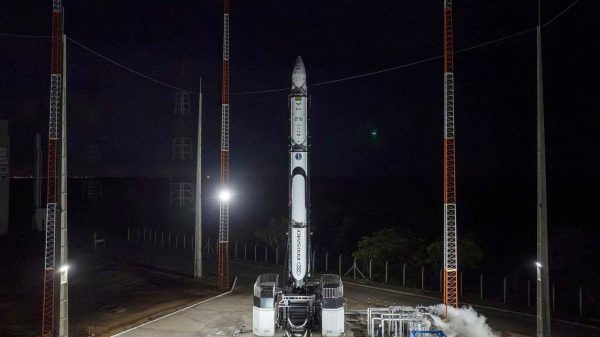
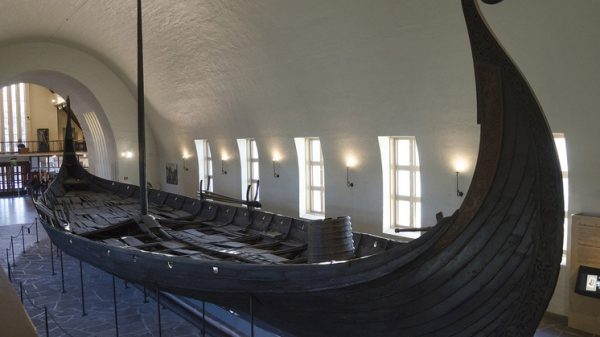

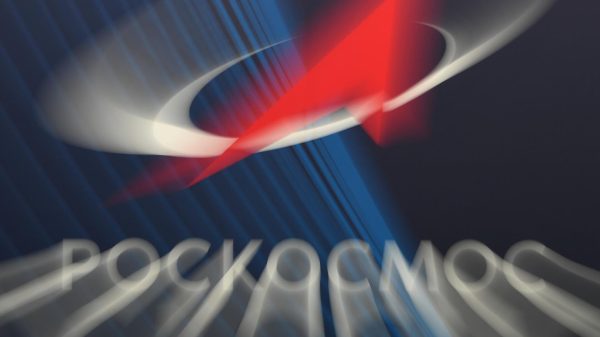










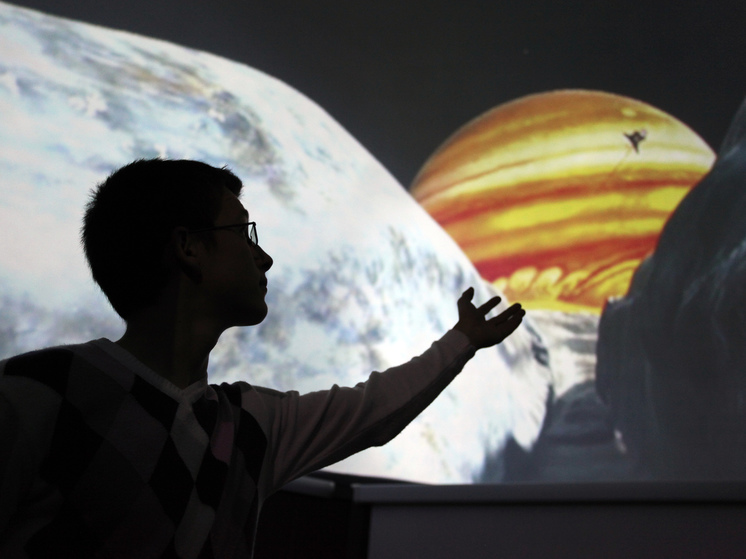



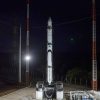

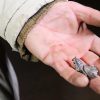
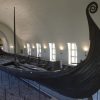















Свежие комментарии